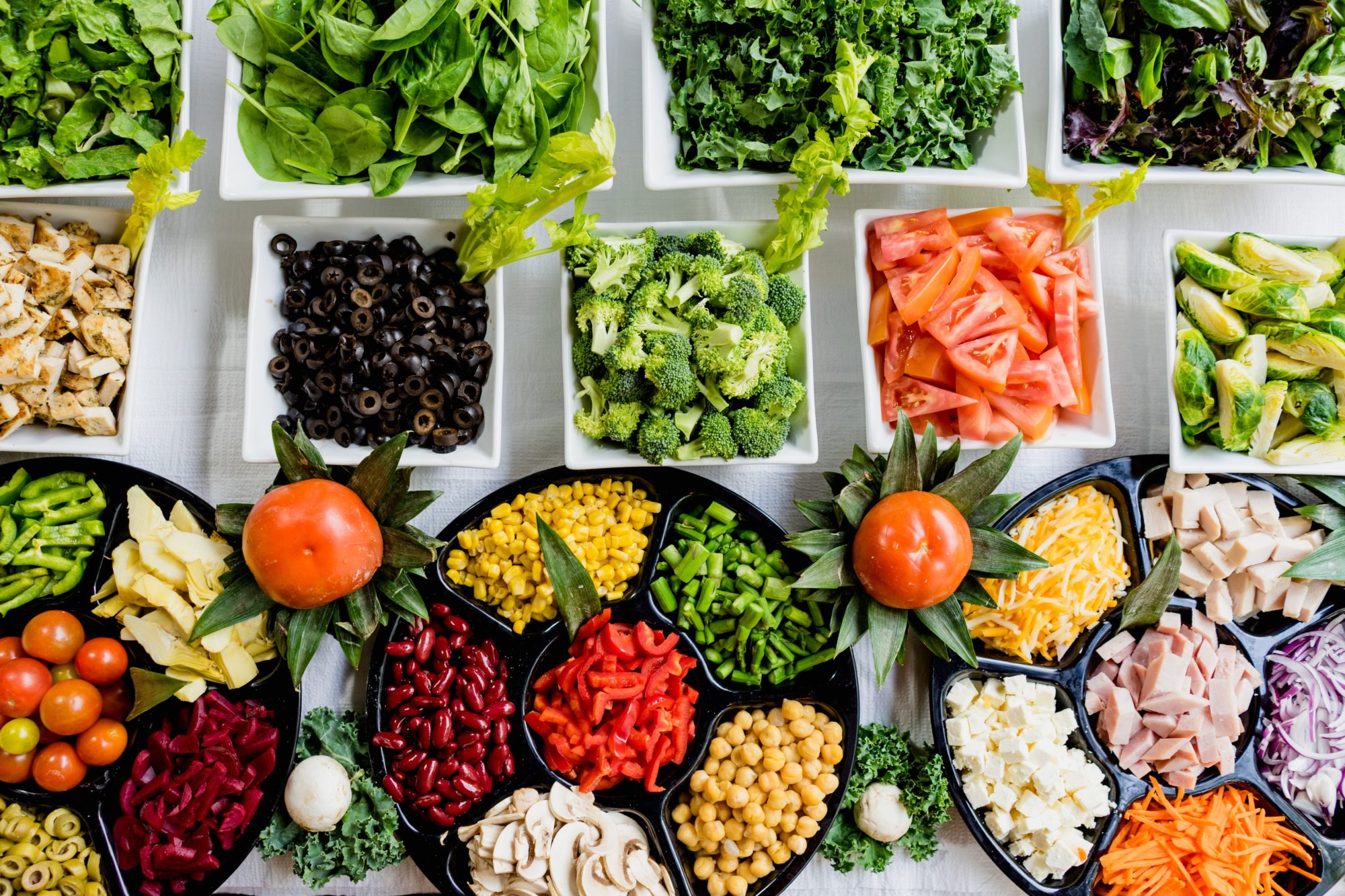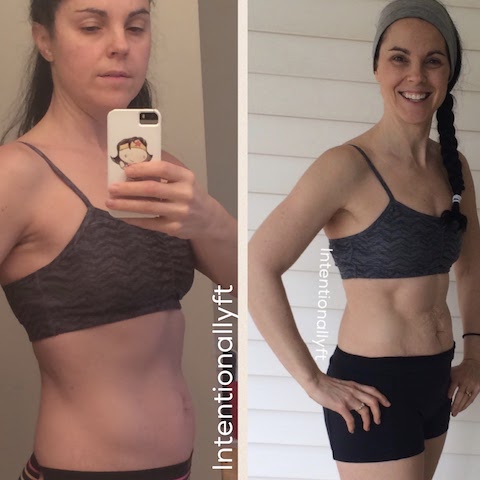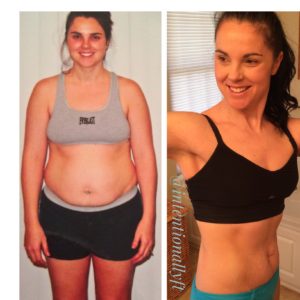Hello! I hope you are having a great morning and that your weekend was restful and fun! We only have two more weeks of 2018 and I have been casually reflecting on the past year. I’ll be honest, I’m really not ready to let it go just yet. See, 2019 brings along my son’s 18th birthday and graduation from high school. All the things are going to change this upcoming year.
2019 is going to be a ginormous year of change for us, how about you? One of the things I want to make sure that we do is to be intentional about the things we can and to live in every opportunity and moment we have been given. Life moves so quickly. I remember people telling me it would feel like blinking and then my kids would be adults. You know what? They were right! And while some days felt super long and painful, the years have flown by with supersonic speed boosters!
While we can’t do anything about life whizzing by, we can do a few things to make sure that we really enjoy, celebrate, and learn from our experiences. Here are a few of my favorite ways…
Create a “Good Things” Jar
This marks the second full year we did this. All you need is a container of sorts (we use a large glass mason jar), slips of paper and a writing utensil. Put it out on the counter and encourage family members to write down anything they feel that is “good.” On New Year’s Eve take out all the slips and read them together as a family. This created a fabulous time of “reflecting” on all the good things we had experienced throughout the course of the year. It is by far, my favorite tradition we’ve done!
Journal
I want to be a good “journal-er” I really do, but my journals are sporadic and not daily. Fear not! This is okay 🙂 Journal the things that you have to process, that you want to figure out how to do better, or just the things that you want to remember. Did you know that keeping a journal has no rules or “right way” to be done? You have complete freedom to use your journal in any way that helps you reflect on your life and heart, just be sure to go back and read your entries every now and then. It may surprise you how far you’ve come!
Create a Time Capsule
I wish I would have thought about this one last year, but alas I did not. Choose a container and add items throughout the year to commemorate your year and let others know what you experienced. There are all sorts of ways to do this, but here is a tutorialif you need a place to start!
There are so many ways to help us remember the good and yes, the struggles in order that we may remember to be grateful, learn from our mistakes and create better goals and lives in the future. We just need to be intentional about reflecting, remembering, and learning.





